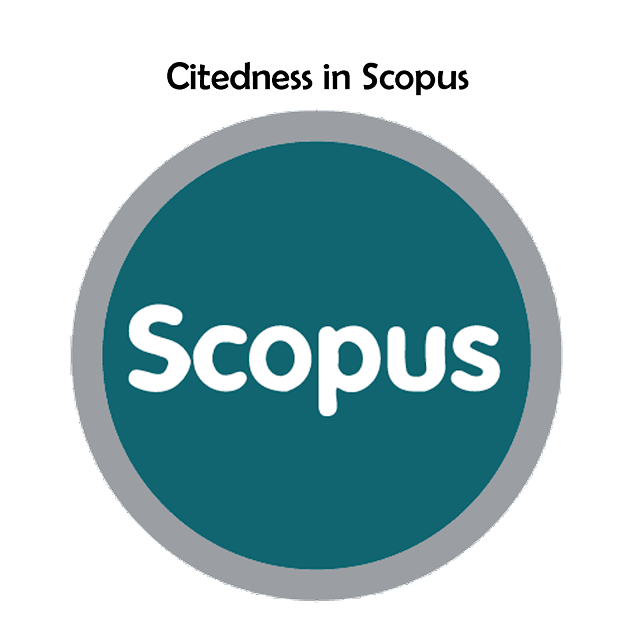Comparison of correlated algorithm accuracy Naive Bayes Classifier and Naive Bayes Classifier for heart failure classification
Pungkas Subarkah(1*); Wenti Risma Damayanti(2); Reza Aditya Permana(3);
(1) Universitas Amikom Purwokerto
(2) Universitas Amikom Purwokerto
(3) Universitas Amikom Purwokerto
(*) Corresponding Author
AbstractHeart failure (ARF) is a health problem that has relatively high mortality and morbidity rates in developed or developing countries, including Indonesia. In 2016, WHO stated that 17.5 million people died from cardiovascular disease, while in 2008, HF disease represented 31% of patient deaths worldwide. One of the new breakthroughs for early diagnosis is utilizing data mining techniques. In this study, the Correlated Naive Bayes Classifier (C-NBC) and Naive Bayes Classifier (NBC) algorithms are used to obtaining the best accuracy results so that they can be used for the Heart Failure dataset. Based on the results of the tests that have been carried out, it shows that the Correlated Naive Bayes Classifier (C-NBC) algorithm accuracy of 80.6% obtains higher accuracy than the Naive Bayes Classifier (NBC) algorithm of 67.5%. With the results of this study, the use of the Correlated Naive Bayes Classifier (C-NBC) algorithm can be used to diagnose patients with heart failure (heart failure) because it has a high level of accuracy and is categorized as Good Classification. KeywordsClassification; Correlated Naive Bayes Classifier; Naive Bayes Classifier; Heart failure.
|
Full Text:PDF |
Article MetricsAbstract view: 1069 timesPDF view: 356 times |
Digital Object Identifier https://doi.org/10.33096/ilkom.v14i2.1148.120-125 https://doi.org/10.33096/ilkom.v14i2.1148.120-125
|
Cite |
References
B. B. Siswanto et al., Pedoman Tatalaksana Gagal Jantung (Edisi Pertama). PERKI, 2015.
N. Azad and G. Lemay, “Management of chronic heart failure in the older population,” J. Geriatr. Cardiol., vol. 11, no. 4, 2014.
E. Ammenwerth et al., “HerzMobil, an integrated and collaborative telemonitoring-based disease management program for patients with heart failure: A feasibility study paving the way to routine care,” JMIR Cardio, vol. 2, no. 1, pp. 1–12, 2018.
D. P. T. Astuti and I. K. Suardamana, Gagal jantung. Universitas Udayana, 2017.
R. Fikriana, Sistem Kardiovaskuler (Cetakan 1). deepublish, 2018.
D. Chicco and G. Jurman, “Machine learning can predict survival of patients with heart failure from serum creatinine and ejection fraction alone.,” BMC Med. Inform. Decis. Mak., vol. 20, no. 1, pp. 1–16, 2020.
Z. Wang, Y. Zhu, D. Li, Y. Yin, and J. Zhang, “Feature rearrangement based deep learning system for predicting heart failure mortality,” Comput. Methods Programs Biomed., vol. 191, p. 105383, 2020.
E. Mutiara, “Algoritma klasifikasi Naive Bayes berbasis Particle swarm optimization untuk prediksi penyakit Tuberculosis ( TB ).,” vol. 8, no. 1, pp. 46–5, 2020.
S. M. Abd-elsalam, M. M. Ezz, S. Gamalel-din, and G. Esmat, “Early diagnosis of esophageal varices using Boosted-Naïve Bayes Tree: A multicenter cross-sectional study on chronic hepatitis C patients,” Informatics Med. Unlocked, vol. 20, p. 100421, 2020.
A. H. Rabie, N. A. Mansour, A. I. Saleh, and A. E. Takieldeen, “Expecting Individuals’ Body Reaction to Covid-19 Based On Statistical Naïve Bayes Technique,” Pattern Recognit., vol. 128, p. 108693, 2022.
D. Chicco, “Dataset Heart Failure (Gagal Jantung),” Machine Learning Repository, 2020. [Online]. Available: https://archive.ics.uci.edu/ml/datasets/Heart+failure+clinical+records. [Accessed: 02-Nov-2021].
J. Han, M. Kamber, and J. Pei, Data mining: concepts and techniques, Third Edit., vol. 5. USA: Elsevier, 2012.
M. Han, J., & Kamber, Data Mining Concepts, Model and Techniques 2nd Edition. San Fransisco: Elsevier, 2006.
A. Urso, A. Fiannaca, M. La Rosa, V. Ravì, and R. Rizzo, Data Mining : Classification and Prediction. 2018.
F. Gorunescu, Data mining Concepts, Models and Techniques. Verlen Berlin: Springer, 2011.
B. A. Muktamar, N. A. Setiawan, and T. B. Adji, “Pembobotan korelasi pada Naive Bayes Classifier,” in Semin. Nas. Teknol. Inf. dan Multimed., 2015, pp. 43–47.
Refbacks
- There are currently no refbacks.
Copyright (c) 2022 Pungkas Subarkah, Wenti Risma Damayanti, Reza Aditya Permana

This work is licensed under a Creative Commons Attribution-ShareAlike 4.0 International License.







